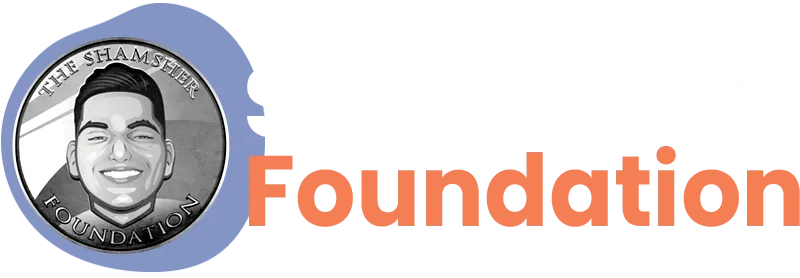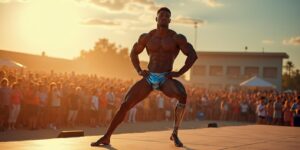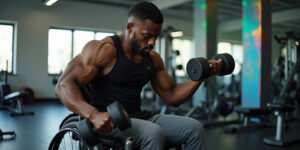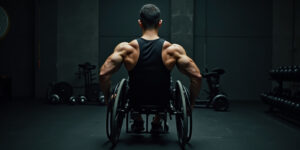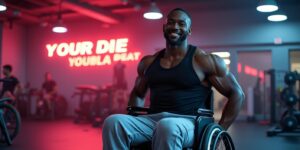Disabled bodybuilding is a challenging yet rewarding sport that requires specialized techniques and strategies to overcome physical limitations. Renowned physical therapist Robin McKenzie’s techniques can help reduce the risk of back injuries. Specializing in injury prevention and functional movement is key to overcoming physical limitations in disabled bodybuilding.
Choosing a program that suits your level and needs is crucial. Beginners’ programs focus on building strength and stamina, while body mastery programs are designed for experienced athletes looking to take their performance to the next level.
Understanding Disabled Bodybuilding
Disabled bodybuilding is an ideal way for people with disabilities to fulfill the World Health Organization’s physical activity recommendations. Fitness centers offer a means of increasing physical activity, which is why specialties in disabled bodybuilding include functional training, strength and conditioning, and martial arts.
Programs for disabled bodybuilding include beginners, high volume, and bodyweight muscle activation. It is essential to understand that disabled bodybuilding requires specific techniques and strategies that vary depending on the type of disability.
A fitness tracking app designed specifically for people with disabilities would increase their sense of belonging and awareness of adaptive sports options available to them. This highlights the importance of inclusivity in gym culture that promotes diversity and enables everyone to achieve their fitness goals irrespective of their physical limitations.
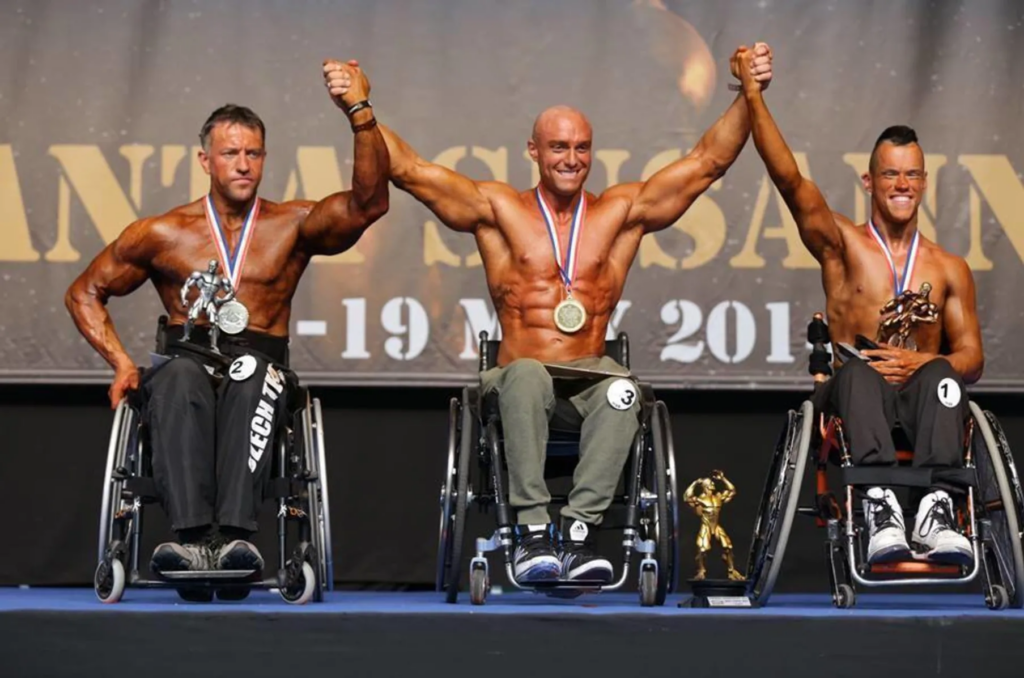
Difference between Traditional Bodybuilding and Disabled Bodybuilding
Disabled bodybuilding is a form of bodybuilding that focuses on adaptive exercises that accommodate physical limitations. Unlike traditional bodybuilding, which emphasizes muscle size and aesthetics, disabled bodybuilding prioritizes functionality. Competitions in disabled bodybuilding are usually divided into categories based on the type and extent of disability.
The approach to training also differs between traditional and disabled bodybuilding. Traditional bodybuilding programs often prioritize isolation exercises, while disabled bodybuilding utilizes compound movements that engage multiple muscle groups simultaneously.
Importance of Bodybuilding for People with Disabilities
Bodybuilding is an important activity for people with disabilities, as it can help increase physical activity and decrease the risk of early-onset diseases.
- Fitness centers have gained popularity since their inception in the USA in the early 1970s and provide a means of increasing physical activity in the general population.
- However, knowledge about people with disabilities and their experience, positive and negative, with fitness centers is limited, and accessibility to fitness centers for this group is also limited.
- A fitness tracking app designed for people with physical disabilities can increase their sense of belonging, access to role modeling behavior, and awareness of adaptive sport participation options.
- Specialties in bodybuilding, strength and conditioning, and functional training can also benefit people with disabilities.
- By overcoming physical limitations through these techniques and strategies, disabled bodybuilders can achieve their goals and improve their overall health and well-being.

Overcoming Physical Limitations in Disabled Bodybuilding
Disabled bodybuilding can be challenging, but it is achievable with the right techniques and strategies.
- Strengthening abs is essential to reduce back injuries, as well as progressive resistance training with 8-10 exercises on nonconsecutive days per week. This approach can build muscle, stimulate bone growth and density, and improve posture in disabled bodybuilding.
- Specializing in sports performance, injury prevention, and mindful movement can also help overcome physical limitations.
- High-intensity training and dance instruction are two other techniques that aid in disabled bodybuilding. These methods promote injury prevention and functional movement while providing an opportunity for individuals to push themselves beyond their limits.
Adopting Adaptive Techniques for Different Disabilities
When it comes to disabled bodybuilding, it’s important to adopt adaptive techniques that can help you overcome physical limitations. This includes modifying your routine to meet your needs for strength, technique, or endurance and not being afraid to make small revisions. Additionally, considering functional training, calisthenics, or martial arts can be helpful for disabled bodybuilders.
Bodybuilding, strength and conditioning, and group fitness are key specialties that should be focused on in disabled bodybuilding. Sports performance, injury prevention, and prehab/rehab are also important specialties that should be considered.
Adaptive techniques such as using assistive devices or modifying exercises can help disabled bodybuilders improve their training and avoid injuries. Overall, with the right techniques and strategies in place, anyone can overcome physical limitations in disabled bodybuilding.

Strategies to Increase Strength and Endurance
Disabled bodybuilding can present unique challenges when it comes to increasing strength and endurance, but there are strategies that can help.
- One effective technique is progressive resistance training, which involves gradually increasing the weight or resistance used in exercises to build muscle strength and bone density while reducing stress and pain.
- Another strategy is progressive overloading, which involves gradually increasing the tension and force output of muscles over time for hypertrophy.
- Sustained physical activities like cardio can also be added to a weekly routine to allow muscles time to recover, target fat loss, and regain fresh energy.
Resources and Communities for Disabled Bodybuilding
Disabled bodybuilding requires a different approach to fitness, but there are resources and communities available to help overcome physical limitations.
- The American College of Sports Medicine provides strategies to overcome activity barriers for adults with disabilities. Several programs like the Body Mastery Program and Nutrition Secrets offer disabled bodybuilding sessions that aim to motivate and provide a fun exercise environment.
- Different types of physically disabled persons have different preferences when it comes to exercising: AwPD seek instructors who can adjust exercises to their specific needs, while AwoPD prefer motivating and fun exercises.
- Despite these differences, both groups agree that positive social connections are essential for fitness center-based exercise adherence. However, AwPD lack access to tailored adapted classes, while AwoPD find equipment-based exercising boring. The key is to find what works best for each person in order to achieve their fitness goals.
Top Organizations Promoting Disabled Bodybuilding
There are a number of resources and communities available for those interested in disabled bodybuilding.
- One such resource is the National Center on Physical Activity and Disability (NCPAD), which provides information on physical activity for adults with disabilities.
- Additionally, non-traditional activities like functional fitness, obstacle course racing, and strongman competitions are gaining popularity among disabled athletes.
- Top organizations promoting disabled bodybuilding include the National Academy of Sports Medicine, which offers certifications for CPR and First Aid, and Accessibility Instruments Measuring Fitness and Recreation Environments Manuals, which provides questionnaire measures for accessibility of recreation and fitness facilities for individuals with mobility limitations.
- Furthermore, people with disabilities believe that a fitness tracking app designed specifically for them would increase awareness of adaptive sports and promote a sense of belonging within the community.
Success Stories of Disabled Bodybuilders and their Achievements
There are many disabled bodybuilders who have achieved impressive success in their sport, overcoming physical challenges and inspiring others with their determination and dedication. Here are a few examples:
- Nick Scott – Nick is a professional wheelchair bodybuilder who has won numerous titles, including the Mr. Olympia Wheelchair Championship. He was paralyzed from the waist down in a car accident in 1998 but has since dedicated his life to bodybuilding and fitness, inspiring others with his positive attitude and impressive physique.
- Tony Torres – Tony is a double amputee bodybuilder who lost both of his legs below the knee in a train accident. He began weight training as a form of rehabilitation and has since become a successful competitive bodybuilder, winning several titles and inspiring others with his determination and perseverance.
- Anton Kraft – Anton is a powerlifter and bodybuilder who was born with a rare condition that stunted his growth, leaving him at just 4 feet 4 inches tall. Despite his small stature, he has set several world records in powerlifting and is a competitive bodybuilder, winning the overall title at the 2015 NPC Southern States Championships.
- Paul Carter – Paul is a bodybuilder who was diagnosed with muscular dystrophy at the age of 15. Despite his condition, he has continued to train and compete, winning several titles including the NPC Masters Nationals Championships.
- Oksana Grishina – Oksana is a former professional bodybuilder and fitness competitor who was born with a clubfoot. She underwent multiple surgeries as a child and was told she would never be able to dance or perform athletic activities. However, she began training in gymnastics and bodybuilding and went on to win four consecutive Ms. Fitness Olympia titles.
These are just a few examples of the many disabled bodybuilders who have achieved impressive success in their sport. They serve as an inspiration to others with disabilities, proving that with hard work, dedication, and a positive attitude, anything is possible.
Let’s Sum Up
Disabled bodybuilding is a niche that advocates for the inclusion of people with disabilities in the physical fitness domain. It promotes the idea that limitations are not barriers but challenges to be overcome. It is important to understand that there are adaptive techniques and strategies for different disabilities, and with the right mindset, you can achieve your goals. Additionally, there are several resources and communities available to support you on your journey towards success.
